Walk through your local hardware store today, and you might not realize you’re seeing the end of an era. As technology advances, regulations shift, and consumer habits change, certain products are slowly fading from shelves. Some are becoming obsolete, while others are being pushed out by newer, safer alternatives. Here are 13 items experts say could disappear from hardware stores within the next ten years.
1. Halogen light bulbs

According to the U.S. Department of Energy, halogen light bulbs are being phased out due to their poor energy efficiency compared to LED alternatives. These bulbs use more electricity and have a shorter lifespan, making them less appealing to both consumers and regulators. Many countries have already banned or restricted their sale, and the U.S. is following suit. With LEDs now cheaper and more advanced, halogens are quickly becoming obsolete.
In addition to being inefficient, halogen bulbs generate a lot of heat, making them a fire risk in some applications. As building codes continue to tighten and homeowners demand greener solutions, stores are trimming back their halogen inventory. LEDs are now available in every shape, size, and brightness, so the replacement process is painless. In a few short years, most shoppers probably won’t miss halogens at all.
2. Gas-powered lawn equipment

A growing number of states—including California—have introduced laws restricting the sale of gas-powered lawn equipment due to air quality concerns. According to the California Air Resources Board, small gas engines produce surprisingly high levels of emissions. In response, manufacturers are investing more in electric mowers, trimmers, and blowers. Hardware stores are adjusting their stock to reflect the growing demand for battery-powered tools.
Electric options are now powerful enough to rival gas-powered models without the fumes or noise. They’re also easier to maintain—no more oil changes or pull cords. As battery life improves and prices drop, gas equipment will likely lose its remaining appeal. Expect to see more electric displays and fewer gas models with each passing year.
3. Fluorescent tube lighting
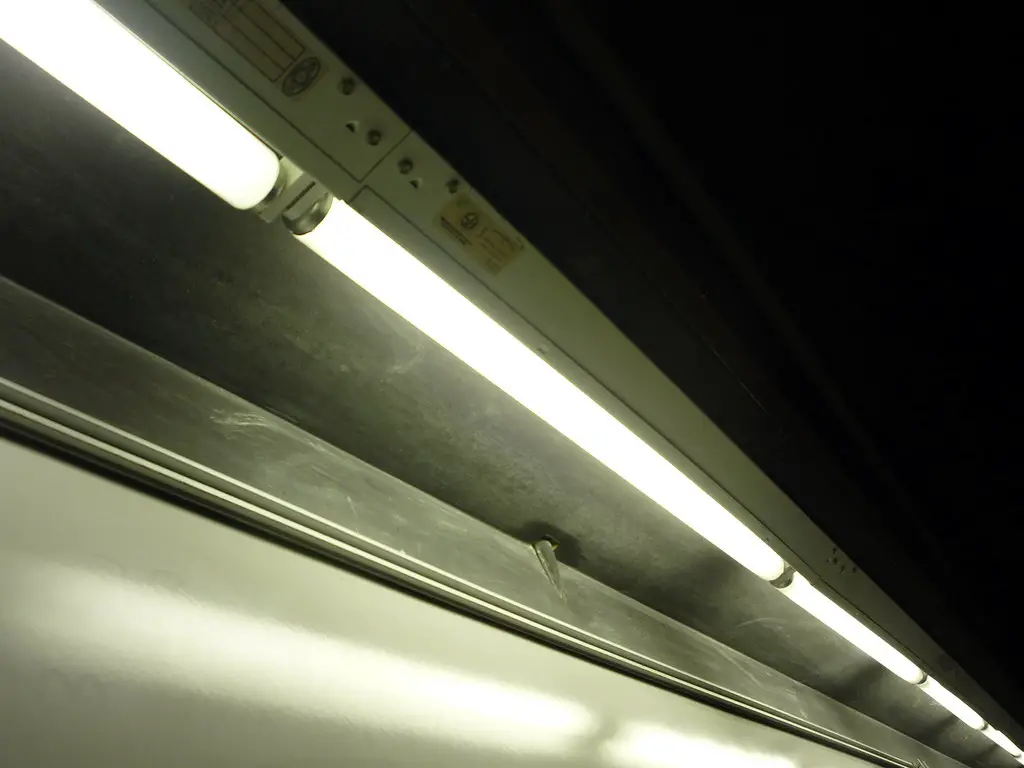
Fluorescent tubes are another casualty of the LED lighting revolution. Energy.gov reports that LEDs use at least 75% less energy and last up to 25 times longer than traditional fluorescent tubes. Schools, offices, and homeowners are steadily making the switch, and many municipalities are mandating the change. As demand dries up, so too will shelf space for these old fixtures.
Beyond efficiency, there’s the issue of mercury—a toxic element found inside most fluorescent tubes. Disposal is complicated and environmentally harmful, which further contributes to their decline. LEDs offer better color rendering, instant-on capabilities, and a cleaner environmental footprint. The writing is on the wall for fluorescent lighting.
4. Traditional paint strippers with methylene chloride
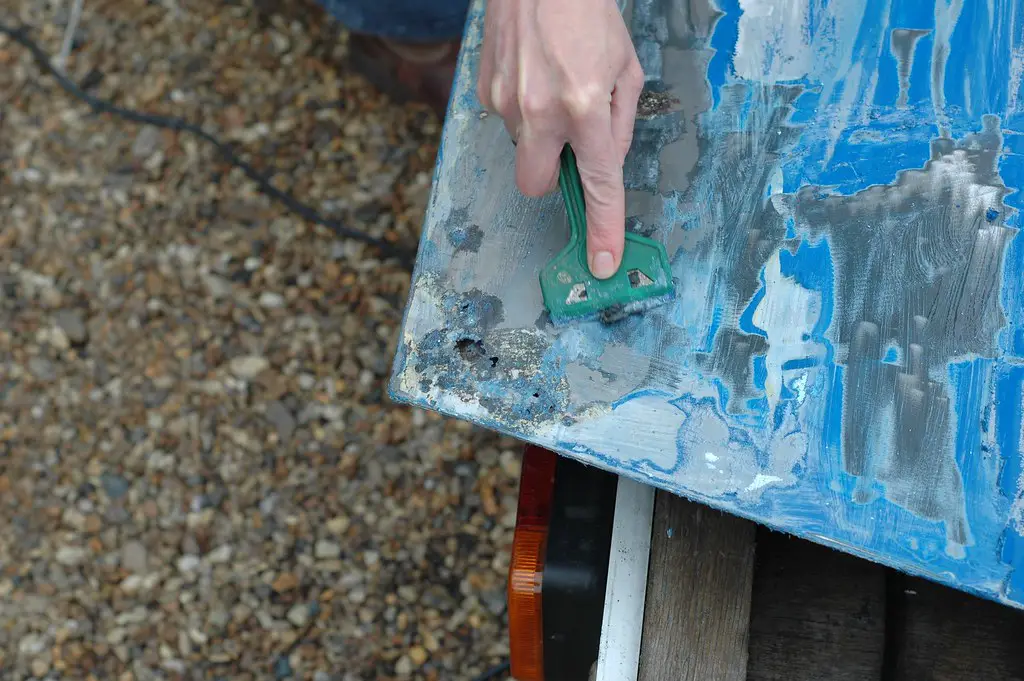
The EPA has banned the sale of paint strippers containing methylene chloride for consumer use due to serious health risks. According to Consumer Reports, exposure to this chemical has been linked to dozens of deaths. In response, hardware stores are removing these dangerous products and promoting safer alternatives. Newer, low-toxicity strippers are now filling the shelves.
These updated formulas are less volatile and easier to use indoors. While they may require more time to work, they come with far fewer health concerns. For professionals and DIYers alike, the transition has already begun. Within a few years, the old formulas will be gone entirely.
5. Incandescent light bulbs

Even before the halogen ban, old-school incandescent bulbs had already begun to disappear. They’re inefficient, hot to the touch, and burn out far too quickly. As more households convert to LEDs, these once-common bulbs are becoming relics. Few stores still carry them in any variety.
It’s not just about efficiency—it’s also about compatibility. Smart lighting systems, dimmable fixtures, and energy-conscious designs don’t play well with incandescents. Soon, they’ll be remembered more for their nostalgic glow than their practical use. In a decade, they’ll likely be a thing of the past.
6. Plastic drop cloths
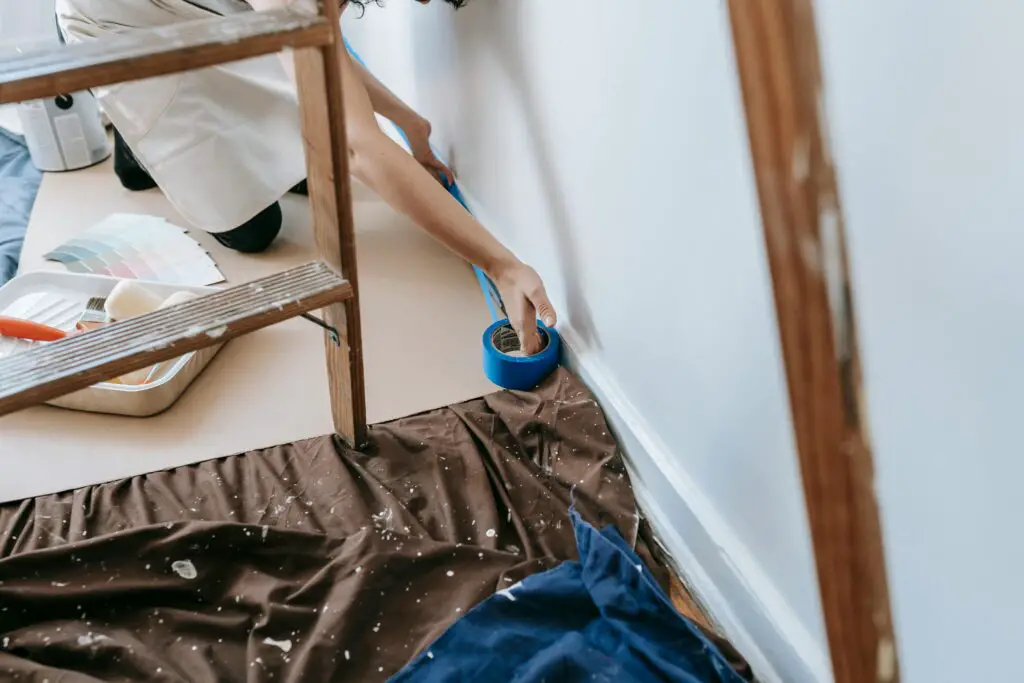
Plastic drop cloths have long been a go-to for painters and renovators, but eco-conscious alternatives are pushing them out. Fabric or reusable canvas drop cloths are more durable and better for the environment. Many customers are now opting for options that don’t contribute to single-use plastic waste. Retailers are noticing and making changes to their offerings.
Plastic tends to tear easily, stick to surfaces, and create unnecessary landfill bulk. Canvas cloths, on the other hand, can be folded, washed, and reused multiple times. They cost a bit more up front, but they pay for themselves over time. That’s a trade most customers are now willing to make.
7. Manual caulking guns
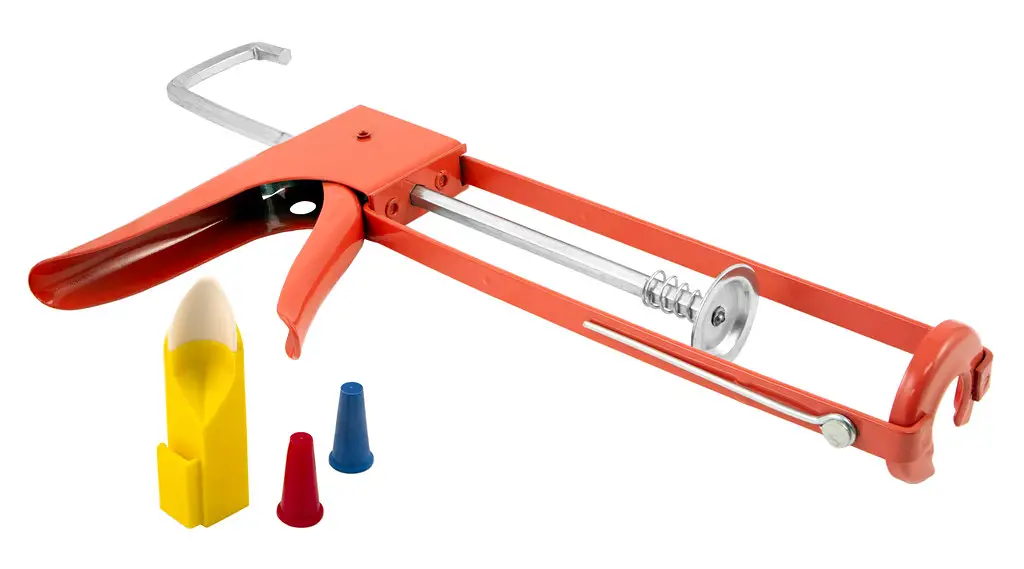
Battery-powered caulking tools are quickly making manual caulk guns look outdated. They offer more precision, reduce hand fatigue, and are faster for larger jobs. Professionals and weekend warriors alike are making the switch, leading hardware stores to shift their inventory. The convenience of cordless caulking is hard to pass up.
Manual guns still have a place for small repairs, but their dominance is fading. Newer models also include adjustable pressure settings and anti-drip features. As innovation continues, the old metal frame versions will get pushed to the back—if not off the shelf entirely. It’s a quiet exit, but a steady one.
8. Screwdriver-only toolkits

Toolkits that include only basic screwdrivers are losing popularity in favor of multi-functional sets. Consumers now expect kits to include ratchets, hex keys, and interchangeable heads. Minimalist sets just don’t cut it anymore, especially as home repairs become more complex. Stores are favoring more comprehensive kits to meet customer demand.
The shift reflects how DIY culture has evolved. People want tools that adapt to different projects, not just basic flatheads and Phillips. Even budget sets are getting an upgrade. Those once-common clamshell packs of screwdrivers may soon vanish entirely.
9. Extension cords with no surge protection

With smart homes and sensitive electronics everywhere, power strips and extension cords without surge protection are falling out of favor. Customers want built-in safety features and more functionality. Basic cords just don’t offer the peace of mind modern users expect. Retailers are phasing them out in favor of safer options.
You’re more likely now to see cords with USB ports, overload indicators, and reset switches. They do more than extend an outlet—they protect it. In time, the old-school orange cords will feel like relics from a different era. It’s one of those small but significant shifts happening quietly.
10. Gas-powered pressure washers

Battery-powered pressure washers are getting stronger, and they don’t have the same noise or maintenance headaches as gas models. Customers are tired of pull-start engines, carburetor issues, and fuel storage. As battery tech improves, gas-powered washers are being edged out. Hardware stores are already cutting back on stock.
Electric models are also lighter and easier to store, making them ideal for the average homeowner. Unless you’re doing industrial-level cleaning, most people just don’t need the extra power. The convenience of plug-and-play wins every time. Within a decade, gas pressure washers may be limited to specialty catalogs only.
11. Cheap particleboard shelving
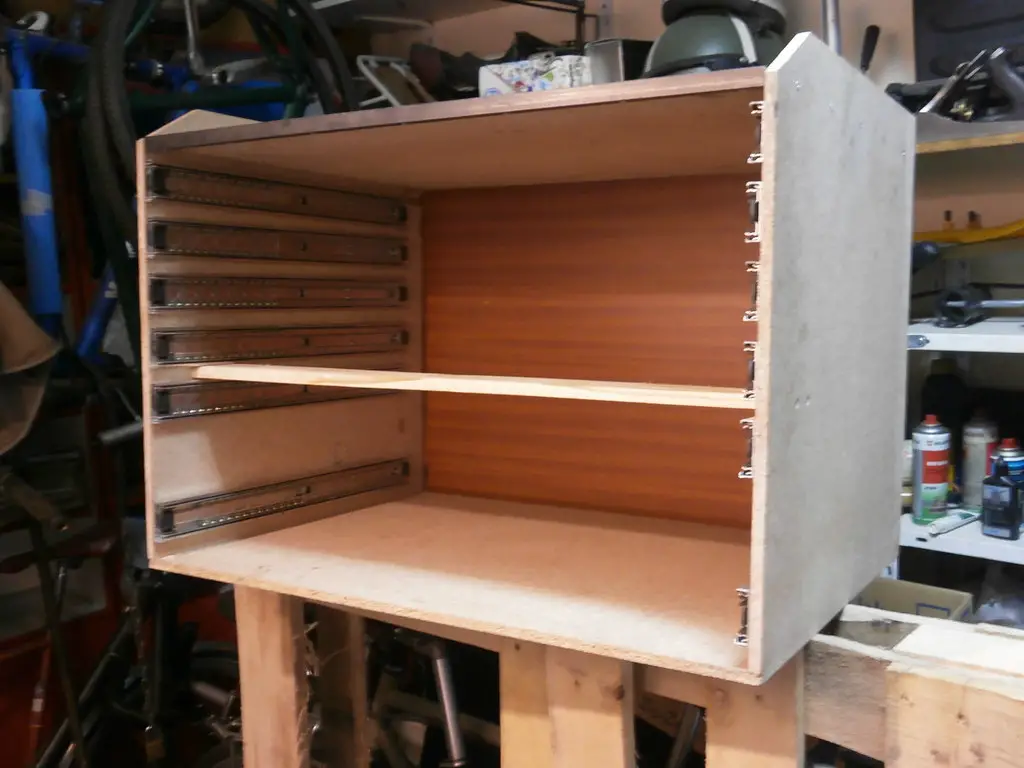
Particleboard shelves used to be a staple for budget storage needs, but they’re rapidly falling out of favor. They sag, chip, and warp under normal use, leaving customers dissatisfied. In their place, stores are leaning into metal, solid wood, or heavy-duty plastic shelving. Consumers are willing to pay a little more for durability.
Even DIYers are skipping particleboard in favor of better materials. It’s too fragile for garages, sheds, or workshops. Stores are hearing fewer requests for it and seeing more returns. That kind of feedback drives stockroom decisions.
12. Non-digital thermostats
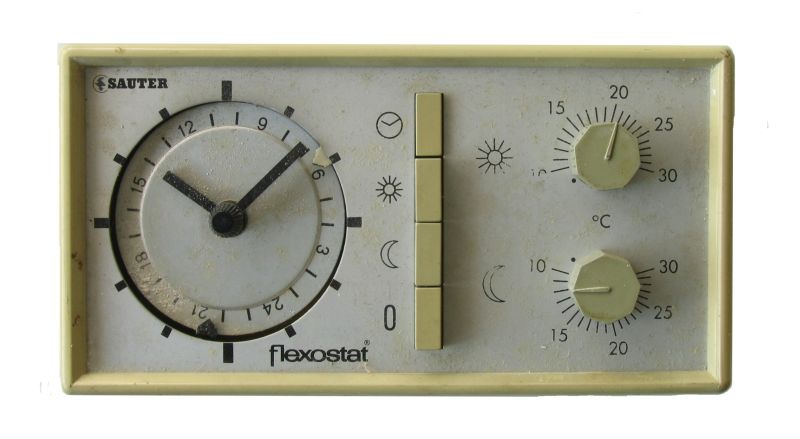
Traditional analog thermostats are quietly vanishing from hardware store aisles. Homeowners want smart features, programmable settings, and energy-saving automation. Even budget models now offer digital screens and mobile app integration. The round, dial-based designs are increasingly outdated.
Smart thermostats can learn your habits, sync with your phone, and save money over time. It’s become one of the easiest upgrades to make a home more efficient. The shift isn’t dramatic—but it’s steady. In ten years, most people won’t even remember the old clicky dials.
13. Basic door locks
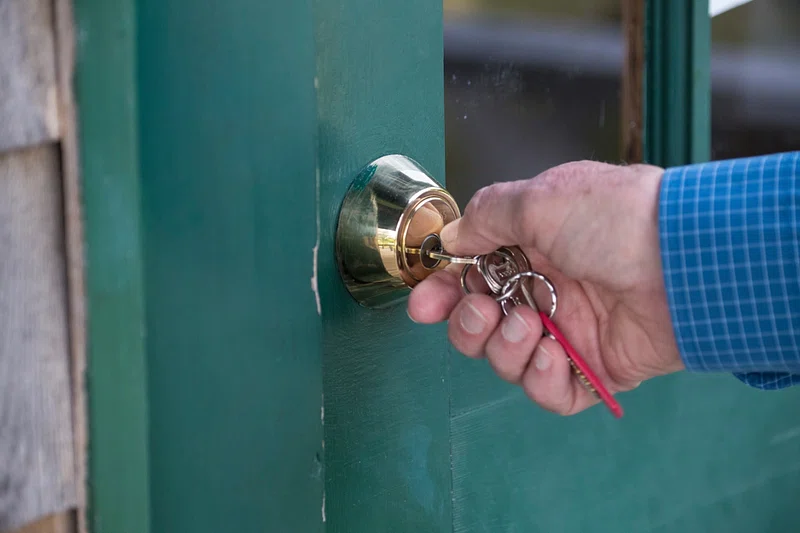
Simple door locks with a key are being replaced by keypads, smart locks, and Bluetooth-enabled systems. These newer models offer more convenience, better security, and no need to hide a spare key. Homeowners love the ability to lock or unlock doors remotely or provide access codes for guests. As demand grows, basic keyed locks are slowly vanishing from endcaps.
They’ll still be available for backups or nostalgic purposes, but they’re no longer the star of the show. New homes are being built with smart locks as the default. Hardware stores are dedicating more space to connected entry systems than to old brass knobs. It’s a quiet revolution that most shoppers don’t even notice—until they go looking for a key.
